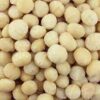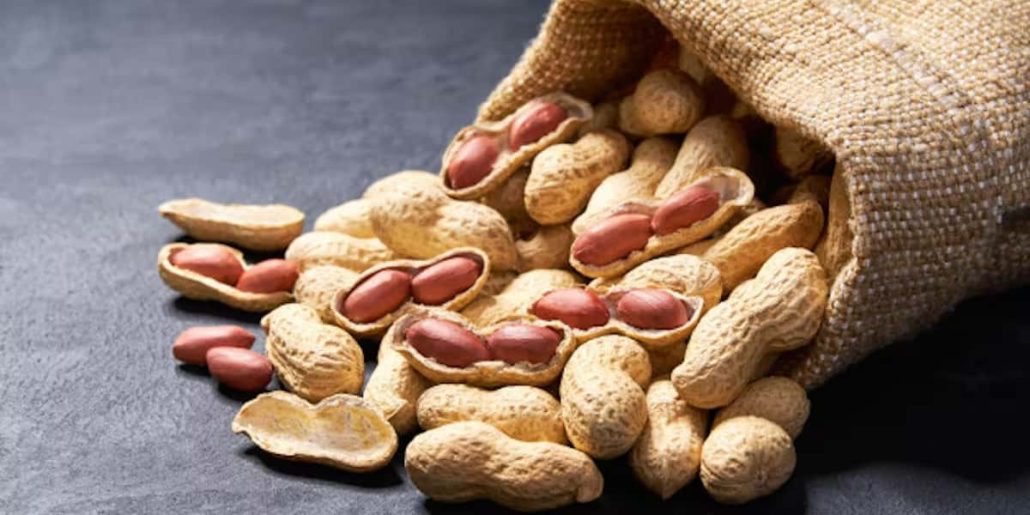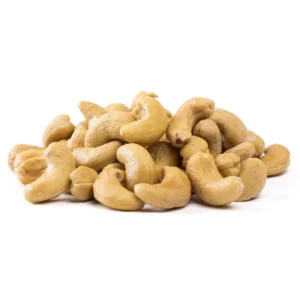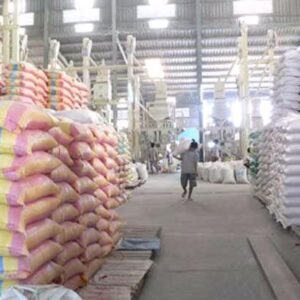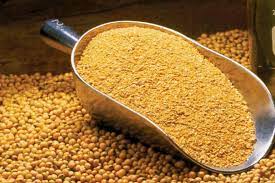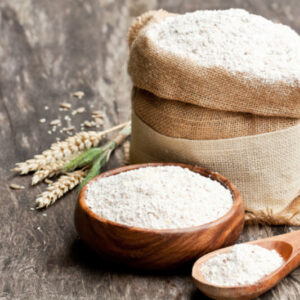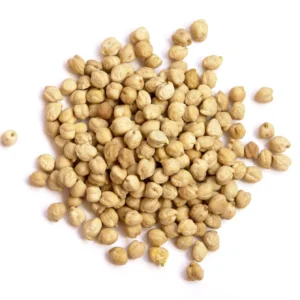The peanut (Arachis hypogaea), also known as the groundnut, goober (US), pindar (US) or monkey nut (UK), is a legume crop grown mainly for its edible seeds. It is widely grown in the tropics and subtropics, important to both small and large commercial producers. It is classified as both a grain legume and, due to its high oil content, an oil crop. World annual production of shelled peanuts was 44 million tonnes in 2016, led by China with 38% of the world total. Atypically among legume crop plants, peanut pods develop underground (geocarpy) rather than above ground. With this characteristic in mind, the botanist Carl Linnaeus gave peanuts the specific epithet hypogaea, which means “under the earth”.
The peanut belongs to the botanical family Fabaceae (or Leguminosae), commonly known as the legume, bean, or pea family. Like most other legumes, peanuts harbor symbiotic nitrogen-fixing bacteria in root nodules. The capacity to fix nitrogen means peanuts require less nitrogen-containing fertilizer and improve soil fertility, making them valuable in crop rotations.
Peanuts are similar in taste and nutritional profile to tree nuts such as walnuts and almonds, and, as a culinary nut, are often served in similar ways in Western cuisines. The botanical definition of a nut is “a fruit whose ovary wall becomes hard at maturity.” Using this criterion, the peanut is not a nut. However, peanuts are usually categorized as nuts for culinary purposes and in common English more generally.
Peanuts Nutrition
Peanuts are rich in essential nutrients (right table, USDA nutrient data). In a 100-gram (3+1⁄2-ounce) reference serving, peanuts provide 2,385 kilojoules (570 kilocalories) of food energy and are an excellent source (defined as more than 20% of the Daily Value, DV) of several B vitamins, vitamin E, several dietary minerals, such as manganese (95% DV), magnesium (52% DV) and phosphorus (48% DV), and dietary fiber (right table). They also contain about 25 g of protein per 100 g serving, a higher proportion than in many tree nuts.
Some studies show that regular consumption of peanuts is associated with a lower specific risk of mortality from certain diseases. However, the study designs do not allow cause and effect to be inferred. According to the US Food and Drug Administration, “Scientific evidence suggests but does not prove that eating 1.5 ounces per day of most nuts (such as peanuts) as part of a diet low in saturated fat and cholesterol may reduce the risk of heart disease.”
Ranked second after soya beans, peanuts are the world’s largest source of vegetable oil. They are the main constituent of margarine and are produced commercially as salad and cooking oil.
Phytochemicals
Peanuts contain polyphenols, polyunsaturated and monounsaturated fats, phytosterols and dietary fiber in amounts similar to several tree nuts.
Peanut skins contain resveratrol, which is under preliminary research for its potential effects on humans.
Oil
A common cooking and salad oil, peanut oil is 46% monounsaturated fats (primarily oleic acid), 32% polyunsaturated fats (primarily linoleic acid), and 17% saturated fats (primarily palmitic acid). Extractable from whole peanuts using a simple water and centrifugation method, the oil is being considered by NASA’s Advanced Life Support program for future long-duration human space missions.
Botany
The peanut is an annual herbaceous plant growing 30 to 50 cm (12 to 20 in) tall. As a legume, it belongs to the botanical family Fabaceae, also known as Leguminosae, and commonly known as the legume, bean, or pea family. Like most other legumes, peanuts harbor symbiotic nitrogen-fixing bacteria in their root nodules.
The leaves are opposite and pinnate with four leaflets (two opposite pairs; no terminal leaflet); each leaflet is 1 to 7 centimetres (1⁄2 to 2+3⁄4 in) long and 1 to 3 cm (1⁄2 to 1+1⁄4 in) across. Like those of many other legumes, the leaves are nyctinastic; that is, they have “sleep” movements, closing at night.
The flowers are 1 to 1.5 cm (3⁄8 to 5⁄8 in) across, and yellowish orange with reddish veining. They are borne in axillary clusters on the stems above ground and last for just one day. The ovary is located at the base of what appears to be the flower stem but is a highly elongated floral cup.
Peanut fruits develop underground, an unusual feature known as geocarpy. After fertilization, a short stalk at the base of the ovary—often termed a gynophore, but which appears to be part of the ovary—elongates to form a thread-like structure known as a “peg”. This peg grows into the soil, allowing the fruit to develop underground. These pods, technically called legumes, are 3 to 7 centimetres (1 to 3 in) long, normally containing one to four seeds. The shell of the peanut fruit consists primarily of a mesocarp with several large veins traversing its length.
Parts of the peanut include:
- Shell – outer covering, in contact with soil
- Cotyledons (two) – the main edible part
- Seed coat – brown paper-like covering of the edible part
- Radicle – embryonic root at the bottom of the cotyledon, which can be snapped off
- Plumule – embryonic shoot emerging from the top of the radicle


